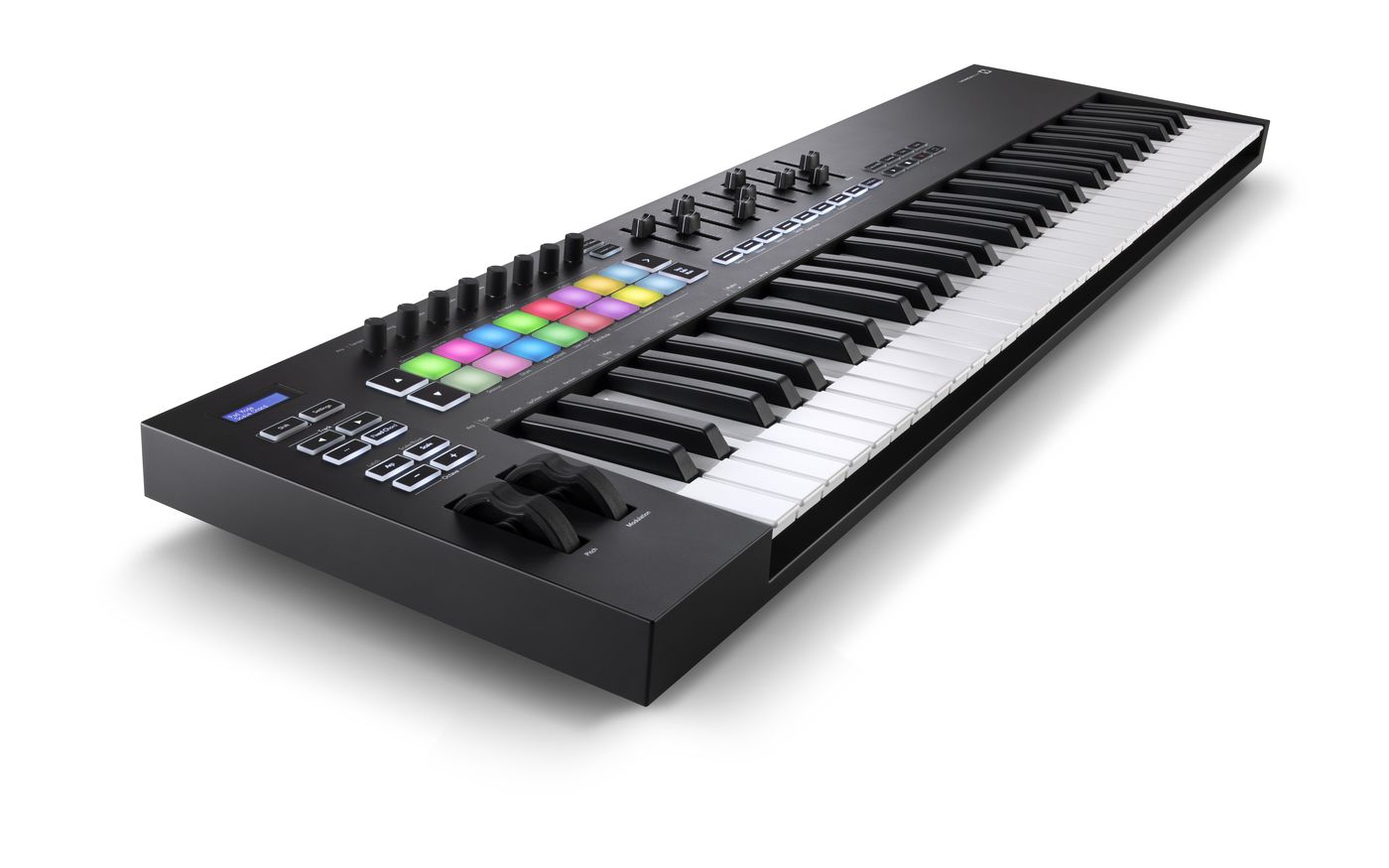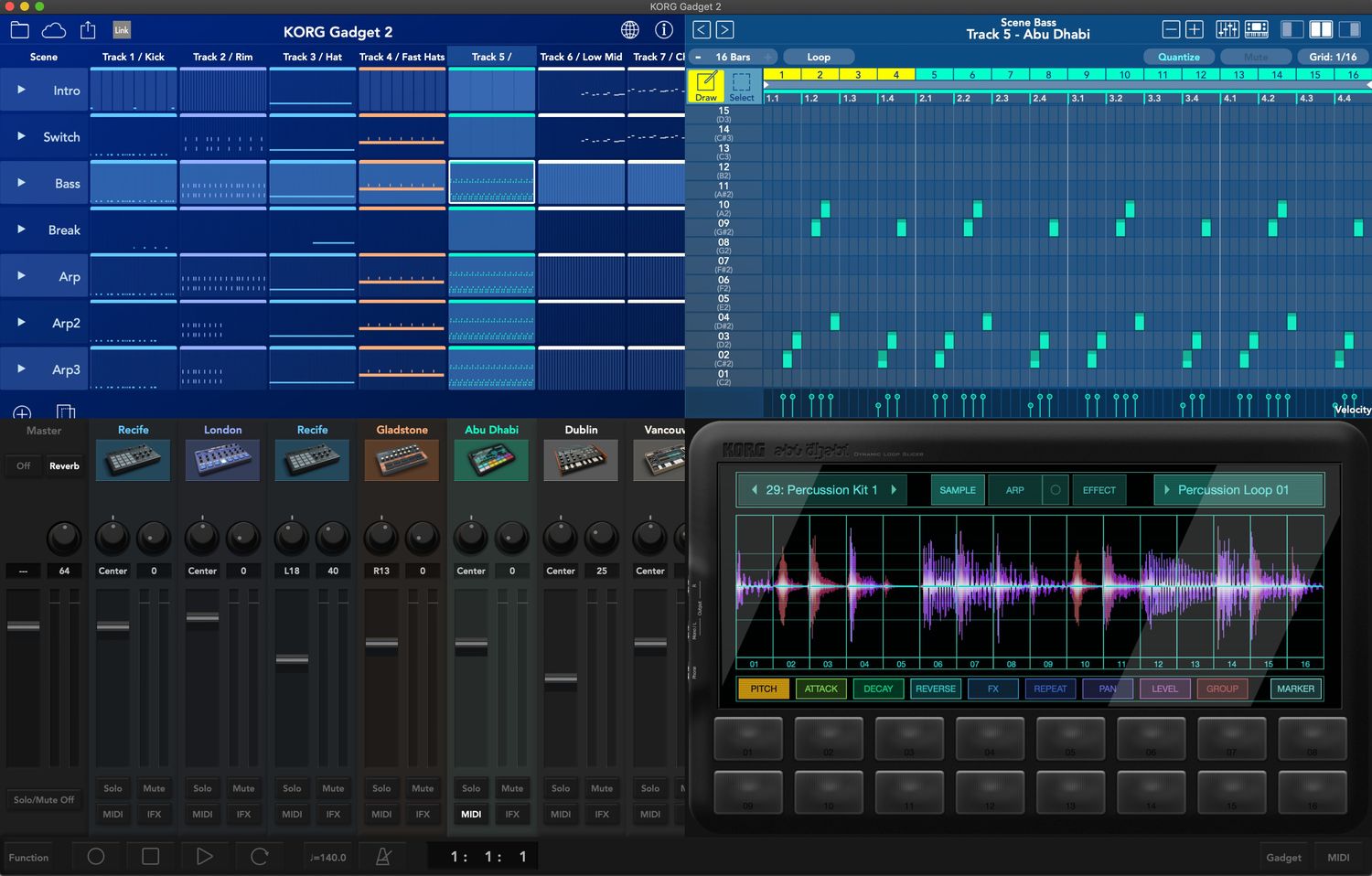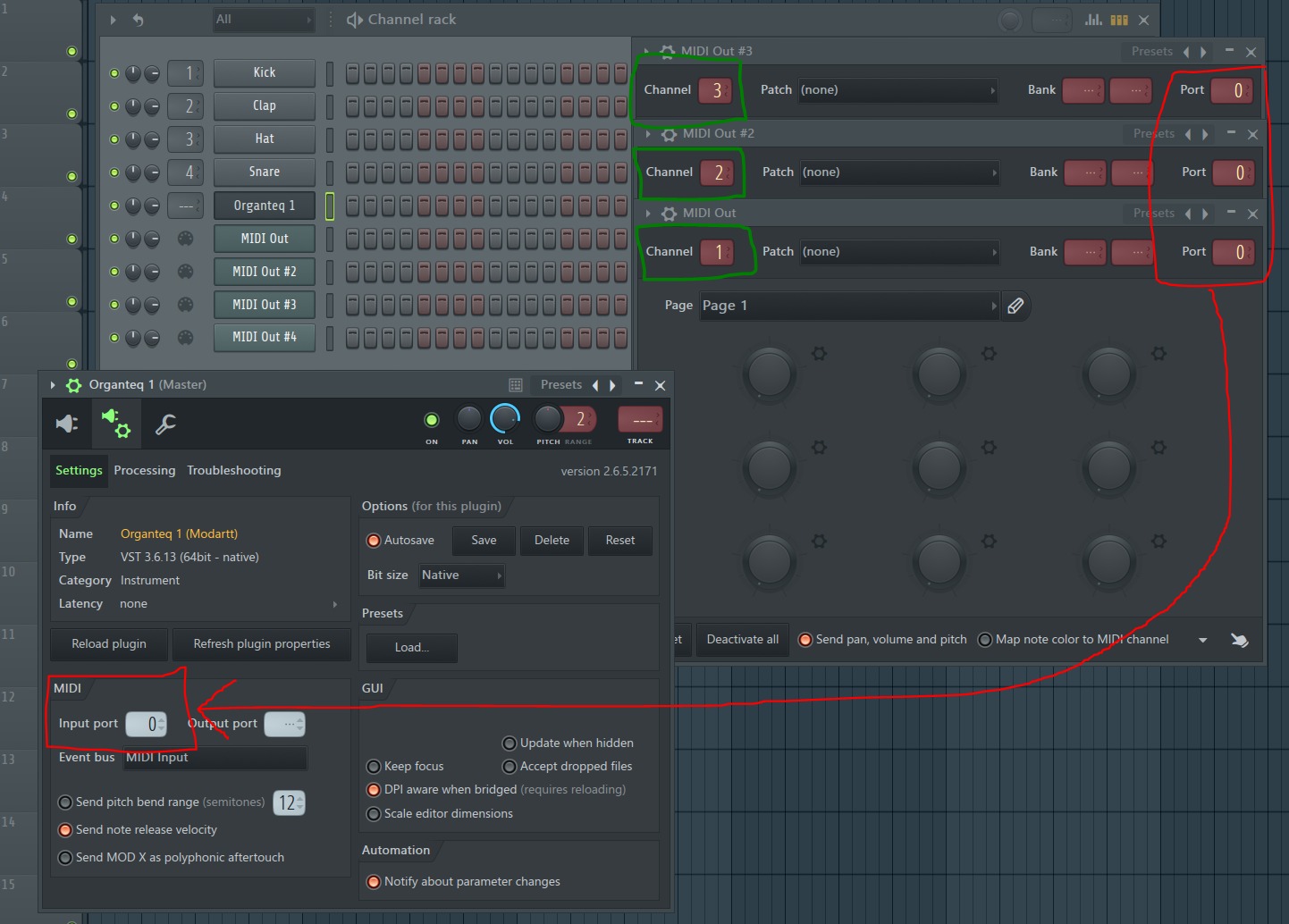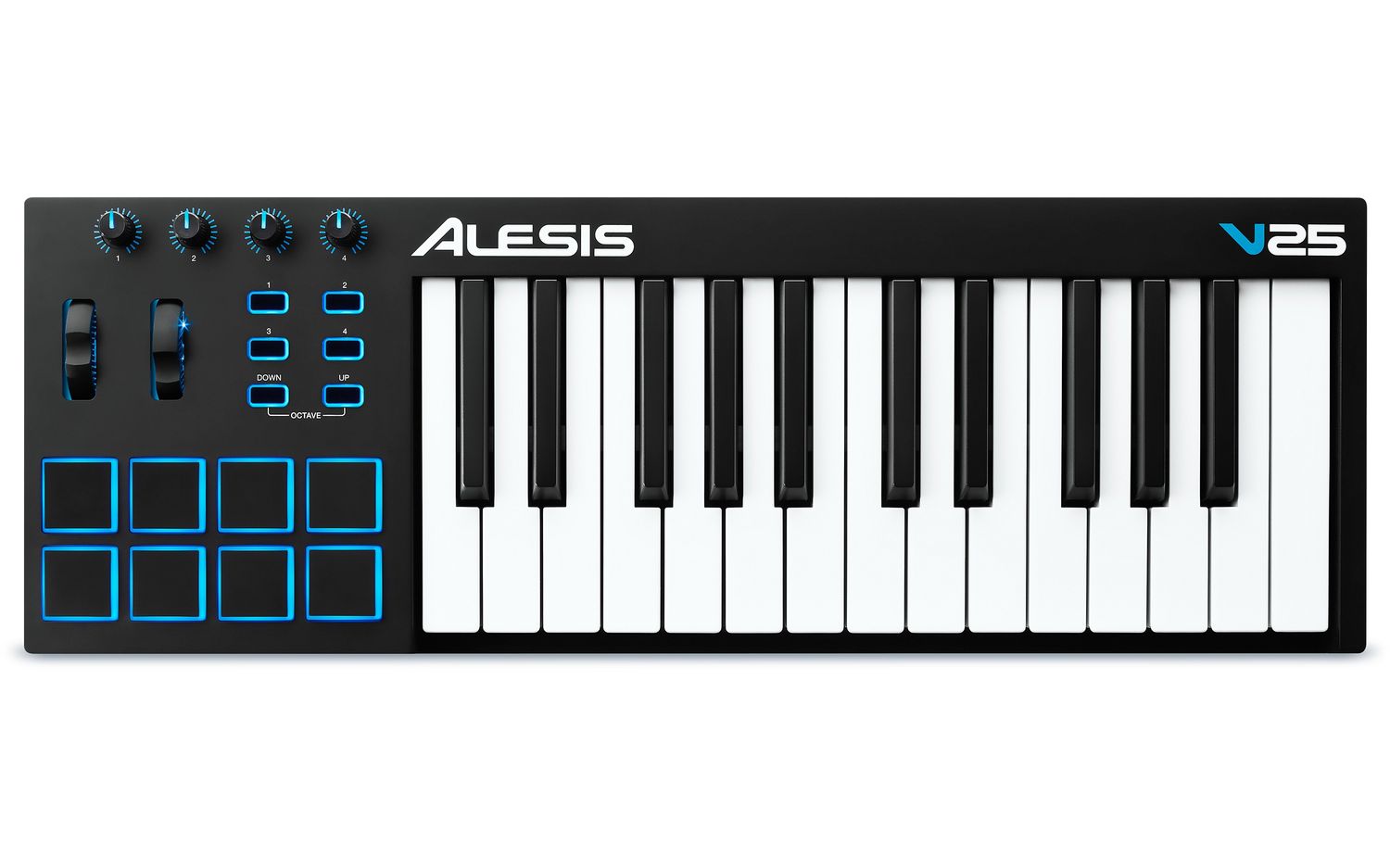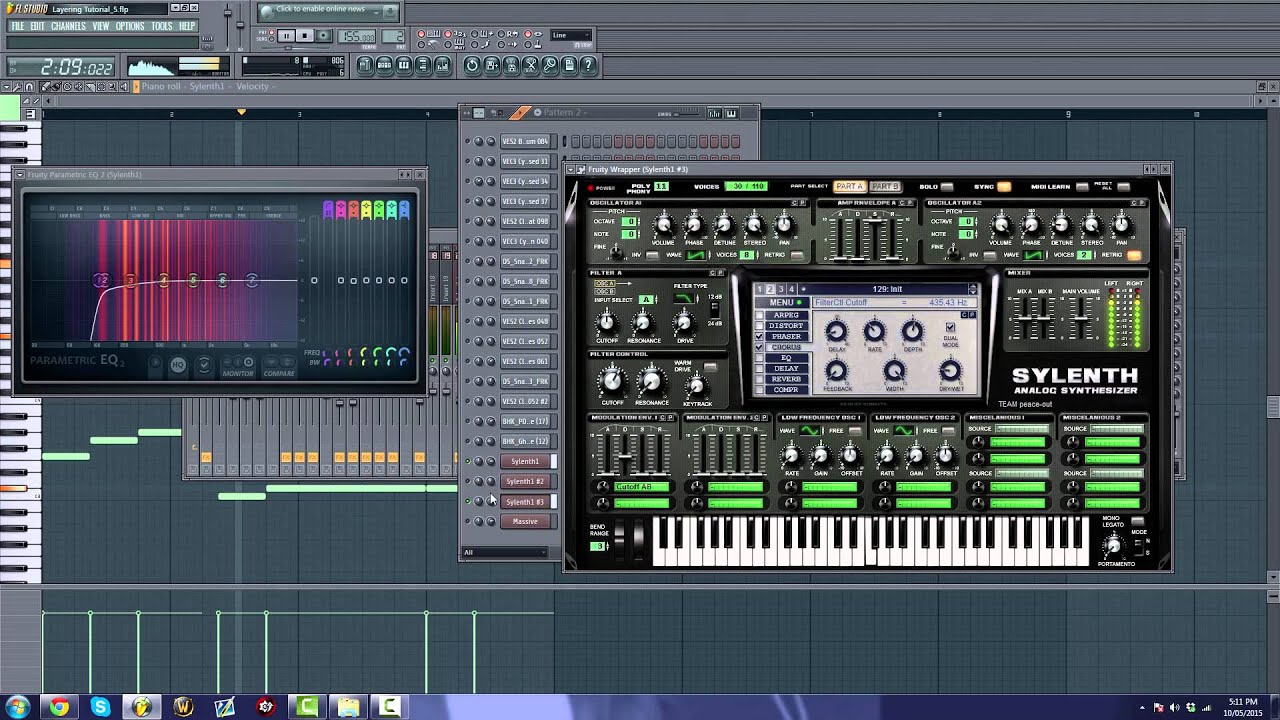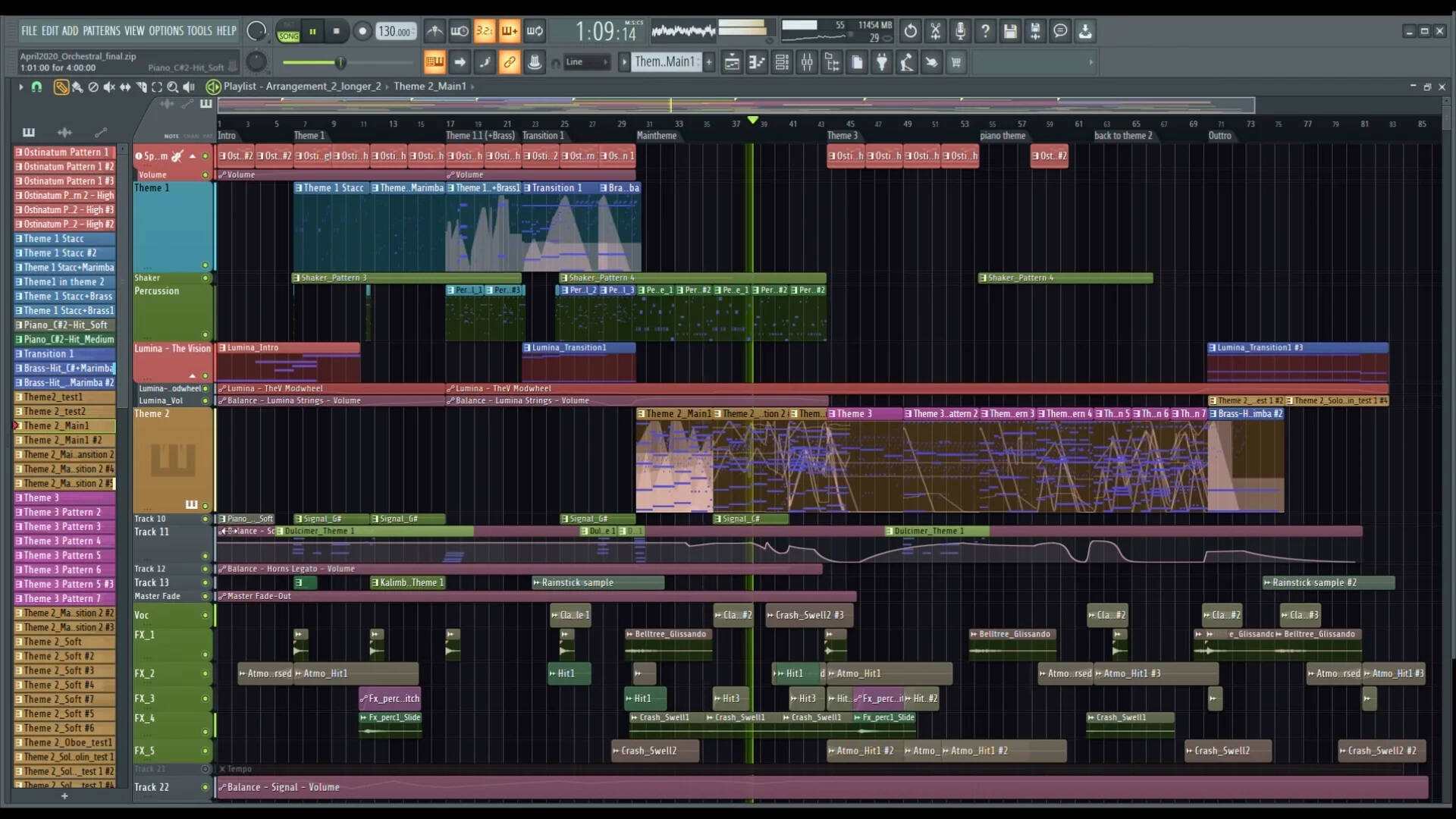Home>Production & Technology>MIDI>How To Export MIDI In FL Studio
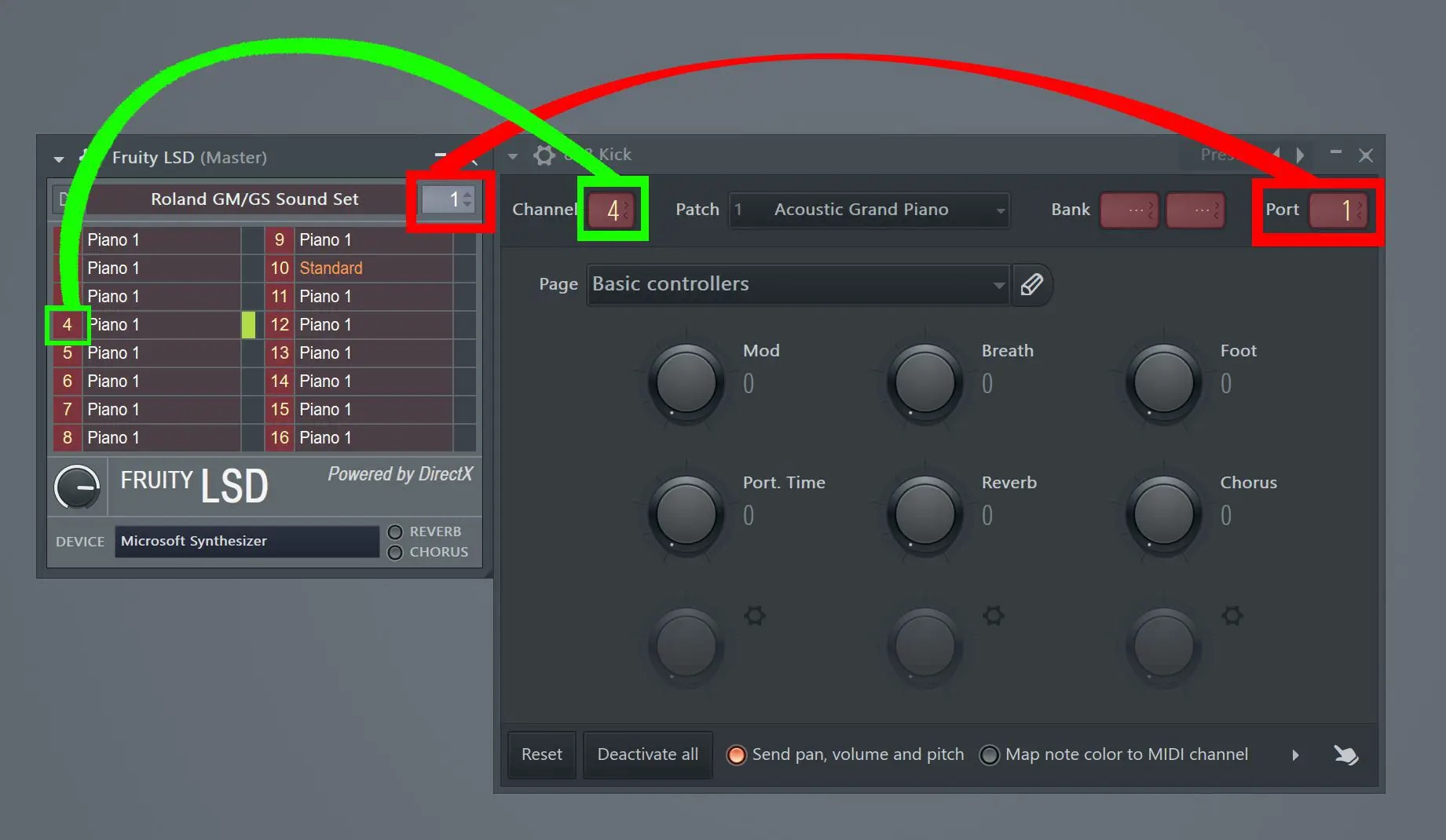

MIDI
How To Export MIDI In FL Studio
Modified: March 9, 2024
Learn how to export MIDI files in FL Studio with ease. Follow our step-by-step guide to save your MIDI compositions in various formats.
(Many of the links in this article redirect to a specific reviewed product. Your purchase of these products through affiliate links helps to generate commission for AudioLover.com, at no extra cost. Learn more)
Table of Contents
Introduction
MIDI, which stands for Musical Instrument Digital Interface, has revolutionized the music production landscape since its inception in the 1980s. It serves as the backbone of electronic music, enabling seamless communication between various digital instruments and devices. MIDI data contains information about musical notes, tempo, pitch, and more, allowing musicians and producers to create, manipulate, and record music with unparalleled flexibility.
In the realm of digital audio workstations (DAWs), FL Studio has emerged as a powerhouse, catering to the diverse needs of music creators across the globe. Its intuitive interface, robust features, and extensive plugin support make it a popular choice for both beginners and seasoned professionals. One of the key capabilities of FL Studio is its ability to work with MIDI data, offering a wealth of tools for composing, arranging, and manipulating musical elements.
In this comprehensive guide, we will delve into the intricacies of exporting MIDI in FL Studio, unlocking the potential to seamlessly transfer musical ideas and compositions to other DAWs. Whether you're looking to collaborate with artists using different software or simply exploring new creative avenues, understanding the process of exporting MIDI from FL Studio is essential for expanding your musical horizons.
Throughout this article, we will navigate the steps involved in setting up MIDI export in FL Studio, explore the nuances of exporting MIDI to other DAWs, and equip you with the knowledge to seamlessly integrate your musical endeavors across platforms. By the end of this journey, you will be empowered to harness the full potential of MIDI within FL Studio and beyond, opening doors to endless musical possibilities. Let's embark on this exploration of MIDI export in FL Studio, where the boundaries of creativity are defined only by the limits of your imagination.
Setting Up MIDI Export in FL Studio
Exporting MIDI data from FL Studio is a straightforward process that empowers users to preserve their musical creations in a versatile format. Whether you want to collaborate with musicians using different DAWs or simply retain your compositions for future use, mastering the art of MIDI export in FL Studio is a valuable skill in your musical arsenal.
Step 1: Selecting the MIDI Clips
Before diving into the export process, it's essential to identify the MIDI clips or patterns that you intend to export. FL Studio offers a seamless environment for working with MIDI, allowing you to create intricate musical arrangements using a variety of virtual instruments and plugins. Once you've crafted your musical elements, such as melodies, basslines, or chord progressions, it's time to prepare them for export.
Step 2: Navigating to the Export Menu
With your MIDI clips at the ready, navigate to the export menu within FL Studio. This can typically be accessed through the main toolbar or a dedicated export section, depending on the version of the software. Once you've located the export functionality, select the option to export MIDI files.
Step 3: Configuring Export Settings
FL Studio provides users with a range of export settings to tailor the MIDI output according to their preferences. You may have the option to specify the export range, tempo information, and track routing, ensuring that the exported MIDI files accurately reflect your intended musical nuances. Take the time to review and adjust these settings to align with your specific requirements.
Step 4: Naming and Saving the MIDI Files
After configuring the export settings, it's time to assign a name and destination for the MIDI files. This step ensures that your exported MIDI data is organized and easily accessible for future use. Whether you're creating a library of MIDI patterns or exporting individual compositions, giving meaningful names to the files can streamline your workflow and enhance your creative process.
Step 5: Finalizing the Export
With the export settings configured and the files named, initiate the export process within FL Studio. Depending on the complexity and length of the MIDI data, this step may take a few moments to complete. Once the export is finished, you will have a collection of MIDI files ready to be utilized in FL Studio or shared with collaborators using different DAWs.
Mastering the art of setting up MIDI export in FL Studio empowers you to seamlessly transition between musical environments, unlocking new possibilities for collaboration and creative exploration. With your MIDI data expertly exported, you're now equipped to venture into the realm of sharing and integrating your musical endeavors across a diverse landscape of digital audio workstations.
Exporting MIDI from FL Studio to Other DAWs
Once you've successfully exported MIDI data from FL Studio, the next frontier awaits: seamlessly integrating your musical creations into other digital audio workstations (DAWs). This process opens doors to collaborative opportunities, allowing you to work with artists who utilize different software or explore new creative avenues within alternative production environments. Whether you're transferring intricate melodies, dynamic drum patterns, or expressive chord progressions, the ability to export MIDI from FL Studio to other DAWs is a gateway to boundless musical synergy.
Step 1: Understanding MIDI Compatibility
Before embarking on the journey of exporting MIDI from FL Studio to other DAWs, it's crucial to understand the nuances of MIDI compatibility across different software platforms. While MIDI is a universal language in the realm of digital music production, each DAW may interpret MIDI data in slightly different ways. Factors such as tempo mapping, instrument routing, and plugin compatibility can influence the seamless integration of exported MIDI files. By gaining insight into the specific MIDI capabilities and requirements of the target DAW, you can streamline the process of transferring your musical ideas with precision and clarity.
Step 2: Transferring MIDI Files
Armed with a comprehensive understanding of MIDI compatibility, it's time to transfer your exported MIDI files from FL Studio to the destination DAW. This can be achieved through various methods, such as utilizing file transfer protocols, cloud storage services, or simply transferring the files via USB or external storage devices. Ensuring that the MIDI files are organized and labeled appropriately can facilitate a smooth transition into the new production environment, allowing you to retain the integrity of your musical compositions across platforms.
Step 3: MIDI Mapping and Instrumentation
Upon importing the MIDI files into the target DAW, it's essential to verify the mapping of MIDI data to the corresponding instruments and plugins. This step ensures that the musical elements within the MIDI files are accurately translated and aligned with the sound libraries and virtual instruments available in the new production environment. Additionally, adjusting the tempo and time signature settings to match the original composition can further enhance the cohesion and authenticity of the transferred MIDI data.
Step 4: Fine-Tuning and Creative Exploration
With the MIDI data seamlessly integrated into the new DAW, you're now poised to embark on a journey of fine-tuning, creative exploration, and collaborative synergy. Leveraging the unique features and capabilities of the destination DAW, you can manipulate, expand, and embellish the transferred MIDI compositions, breathing new life into your musical ideas. Whether it's experimenting with different sound libraries, applying innovative effects, or layering additional musical elements, the process of exporting MIDI from FL Studio to other DAWs paves the way for endless creative possibilities.
By navigating the intricacies of exporting MIDI from FL Studio to other DAWs, you transcend the boundaries of software limitations and embrace a world of musical interconnectedness. Through seamless integration, collaborative exploration, and creative synergy, the exported MIDI data becomes a conduit for unifying diverse musical landscapes, fostering artistic growth, and expanding the horizons of your sonic endeavors.
Conclusion
In the realm of music production, the ability to export MIDI from FL Studio transcends mere technical functionality; it embodies the spirit of creative freedom and collaborative potential. As we conclude this exploration of MIDI export in FL Studio, it's evident that this process serves as a bridge between artistic visions, enabling seamless communication and integration across diverse digital audio workstations.
By mastering the art of setting up MIDI export in FL Studio, you have gained the power to preserve your musical ideas in a format that transcends software boundaries. The meticulous steps involved in selecting MIDI clips, configuring export settings, and finalizing the export process have equipped you with the tools to seamlessly transition between creative environments, preserving the essence of your compositions with precision and clarity.
Furthermore, the journey of exporting MIDI from FL Studio to other DAWs has unlocked a world of collaborative opportunities and creative synergy. Understanding the nuances of MIDI compatibility and navigating the process of transferring MIDI files to alternative production environments empowers you to engage in collaborative exploration, fine-tuning, and creative expansion. The seamless integration of exported MIDI data becomes a catalyst for artistic growth, fostering a sense of interconnectedness and unity within the diverse landscape of music production.
As you venture forth with your newfound knowledge of MIDI export in FL Studio, remember that the boundaries of creativity are defined only by the limits of your imagination. Whether you're collaborating with artists across the globe, exploring new musical frontiers, or simply preserving your compositions for future endeavors, the process of exporting MIDI from FL Studio encapsulates the essence of artistic expression and technological innovation.
In the symphony of digital music production, MIDI export in FL Studio stands as a testament to the unifying power of music, transcending barriers and nurturing a community of creators bound by their passion for sonic exploration. With this knowledge at your disposal, you are poised to embark on a journey where the language of MIDI becomes a conduit for boundless creativity, collaboration, and the relentless pursuit of musical excellence.

